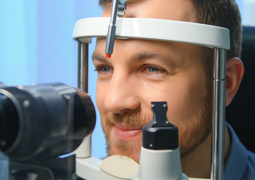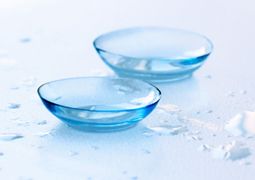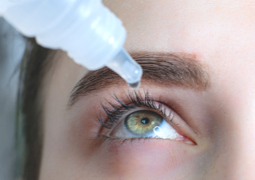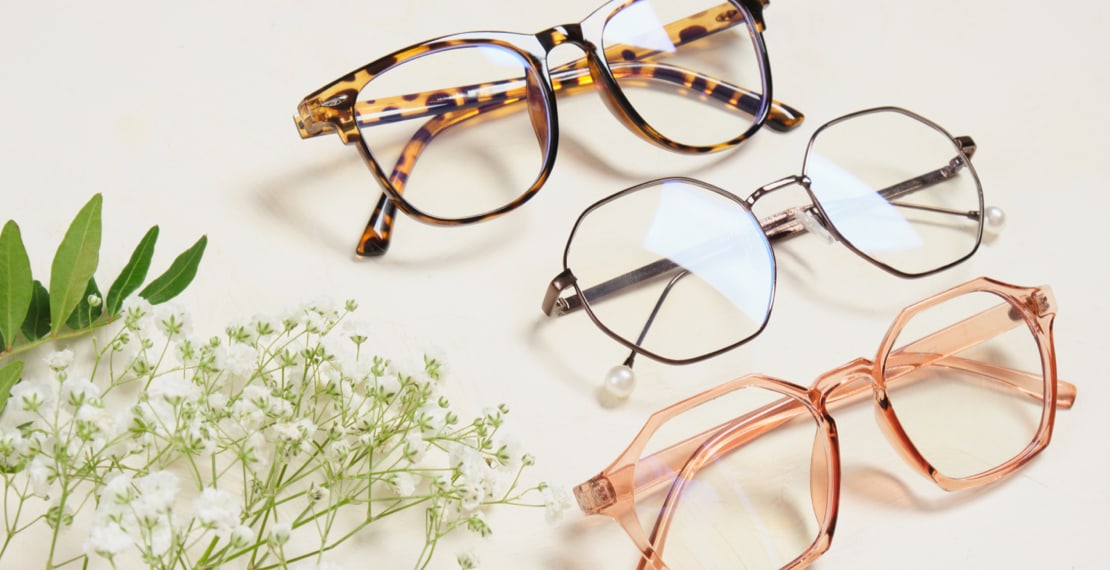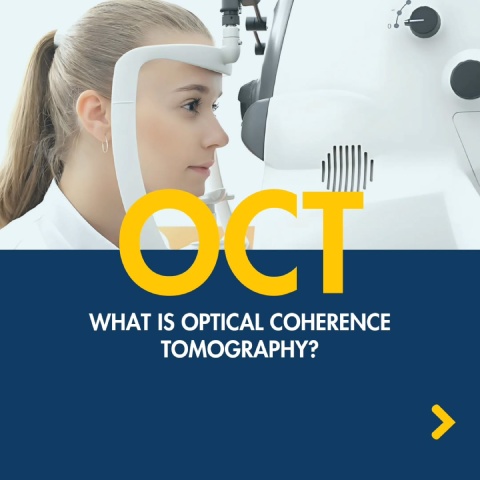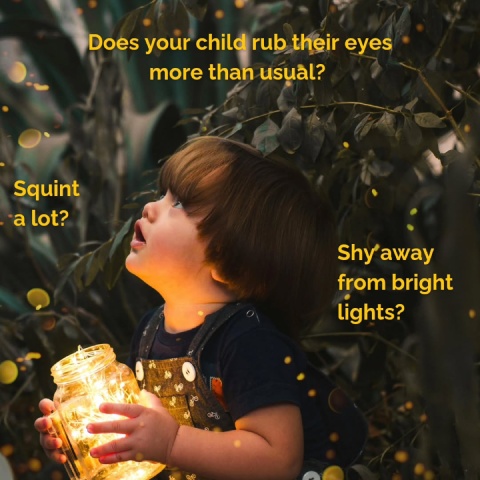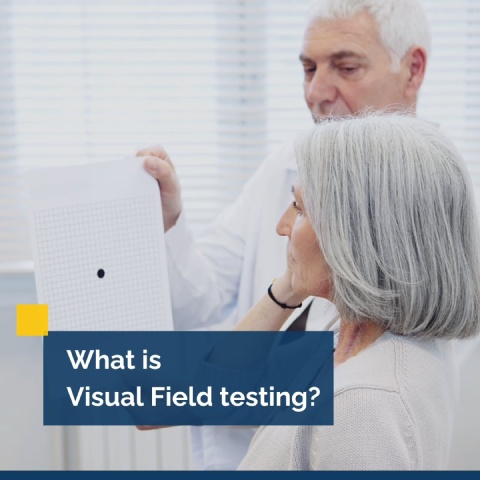What is blue light?
So…what exactly is blue light? Essentially, it is a high energy light that is visible to the human eye. All light that we see falls along the visible light spectrum (remember the acronym ROYGBV?). The human eye is only able to see what falls within this spectrum.

Blue light sits on the very edge of the visible light spectrum (as the B and V of ROYGBV), right before ultraviolet light, which is invisible to the human eye. Blue light, also known as high energy visible (or HEV) light, has the most energy – and the shortest wavelength – of all visible light.
Sources of blue light
Where does blue light come from? The biggest source of it is the sun (so it is very important to wear sunglasses that also filters out the more dangerous blue light). There are other sources of blue light, and many of those are in front of us every day.
Other sources include:
- Digital/electronic screens: computer monitors, phones, tablets, TVs, etc.
- Fluorescent lighting
- Compact fluorescent light bulbs
- LEDs
Is blue light dangerous?
Well, yes and no. It really depends on what kind of blue light we are dealing with.
Blue-turquoise light, with a wavelength from approximately 440 – 500 nm and sits closer to green on the light spectrum, is beneficial light. Blue-turquoise light helps regulate our sleep-wake cycles and circadian rhythms. However, since this type of light is considered stimulating, it can keep us awake if we have too much exposure before bedtime. So, in that sense, it can be “bad,” since too much late at night can disrupt our sleep cycles in a negative way.
Blue-violet light, on the other hand, has the potential to damage our eyes. With a wavelength from 380 – 440 nm, it sits next to UV on the light spectrum and is more damaging than blue-turquoise light. Since blue-violet light is higher in energy, it can get through the eye’s filters, which can potentially damage the retina.
Blue light is also more harmful to children than to adults. This is because children’s eyes are still developing; as such, they have not yet fully developed the filters that can keep out blue light. Since most damage from blue light happens before a child turns 18, it is important to monitor screen time and make sure children wear protective sunglasses.
How can blue light damage the eye?
Blue light can cause long-term damage to the eyes and may contribute to diseases such as macular degeneration, cataracts, and photoretinitis. Blue light from electronic devices can cause digital eye strain, which can lead to blurry vision, difficulty focusing, dry eyes, and burning/stinging eyes.
How can I protect against blue light?
Even though we are all exposed to blue light on a daily basis, there are some things we can do to mitigate that exposure. Here are some ideas that may help:
- The 20/20/20 rule: every 20 minutes, look at something 20 feet away for 20 seconds. This will help your eye focus on something farther away and can help lessen eye strain.
- Use special lenses that filter out blue light. You may have heard these referred to as “computer glasses,” but many lens manufacturers produce special lenses with a blue light filter or coating. An example would be Zeiss’ DuraVision lens, which has a special coating to filter out blue light emitted by digital screens.
- Set your computer monitor and other digital devices to a low blue light setting: some newer monitors and phones may have a special setting that filters out blue light. On a phone or tablet, look for a “night mode” setting. This setting may differ on computer monitors, but look for a low blue light setting.
- Remember, the sun is the single biggest source of HEV light. When outside, make sure to wear sunglasses that filter out blue light so that you are sure your eyes are protected.
- Turn off digital devices 2-3 hours before bedtime to lessen the stimulating effect of blue light.
Links and further reading
www.aao.org/eye-health/tips-prevention/should-you-be-worried-about-blue-light
www.uab.edu/news/youcanuse/item/7258-debunking-digital-eyestrain-and-blue-light-myths
www.clarityvision.ca/2016/03/09/workplace-eye-wellness-the-dangers-of-blue-light-2016



